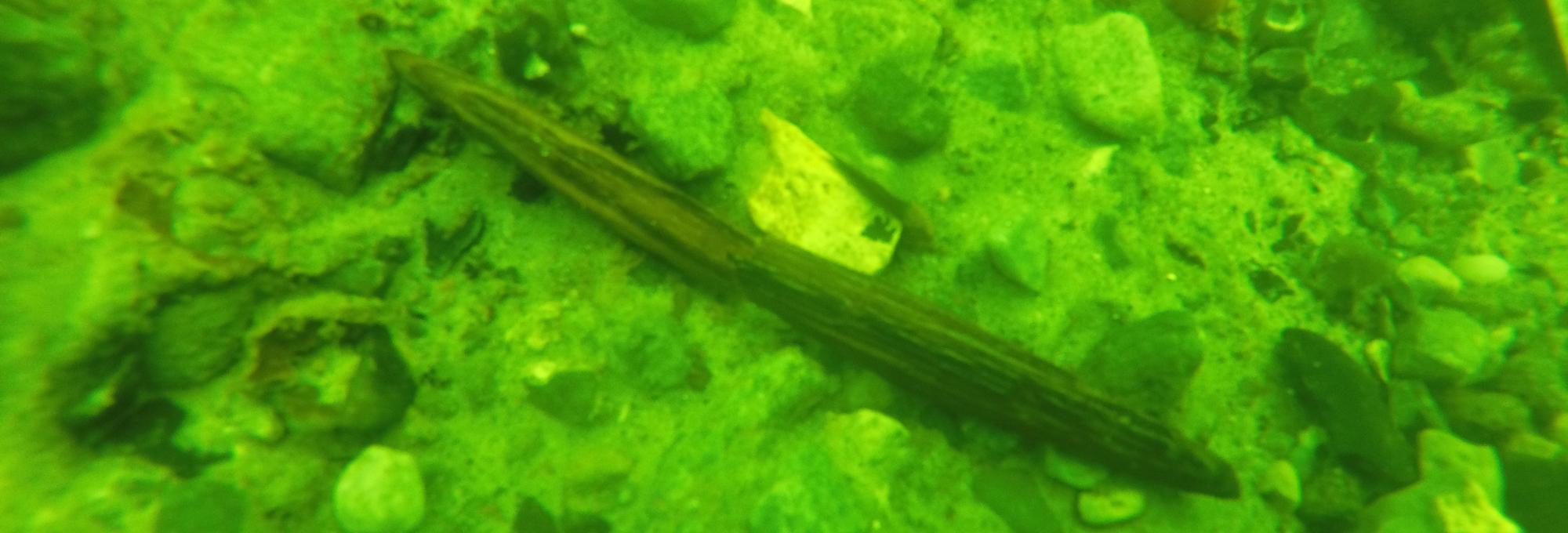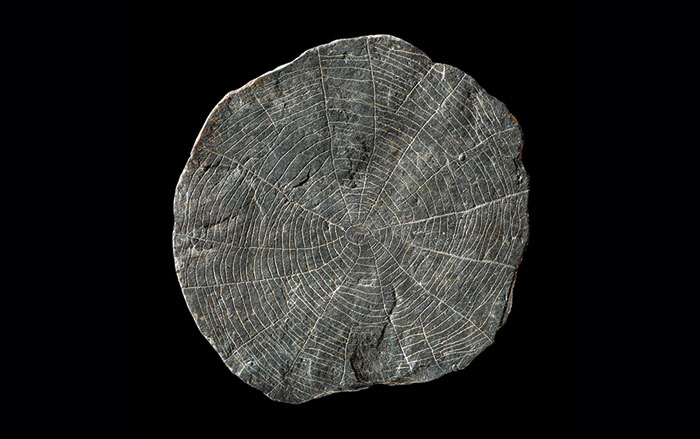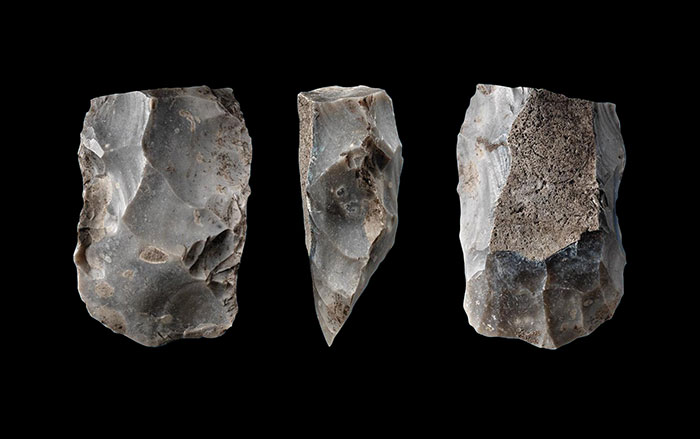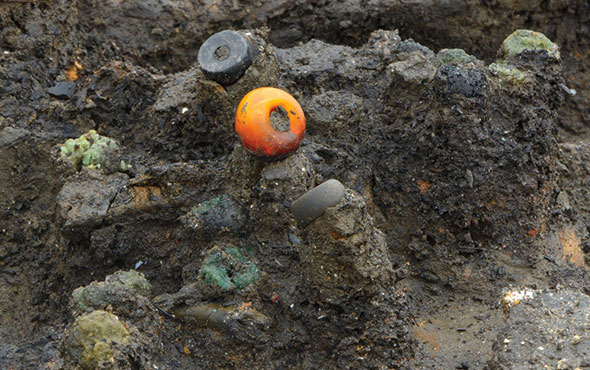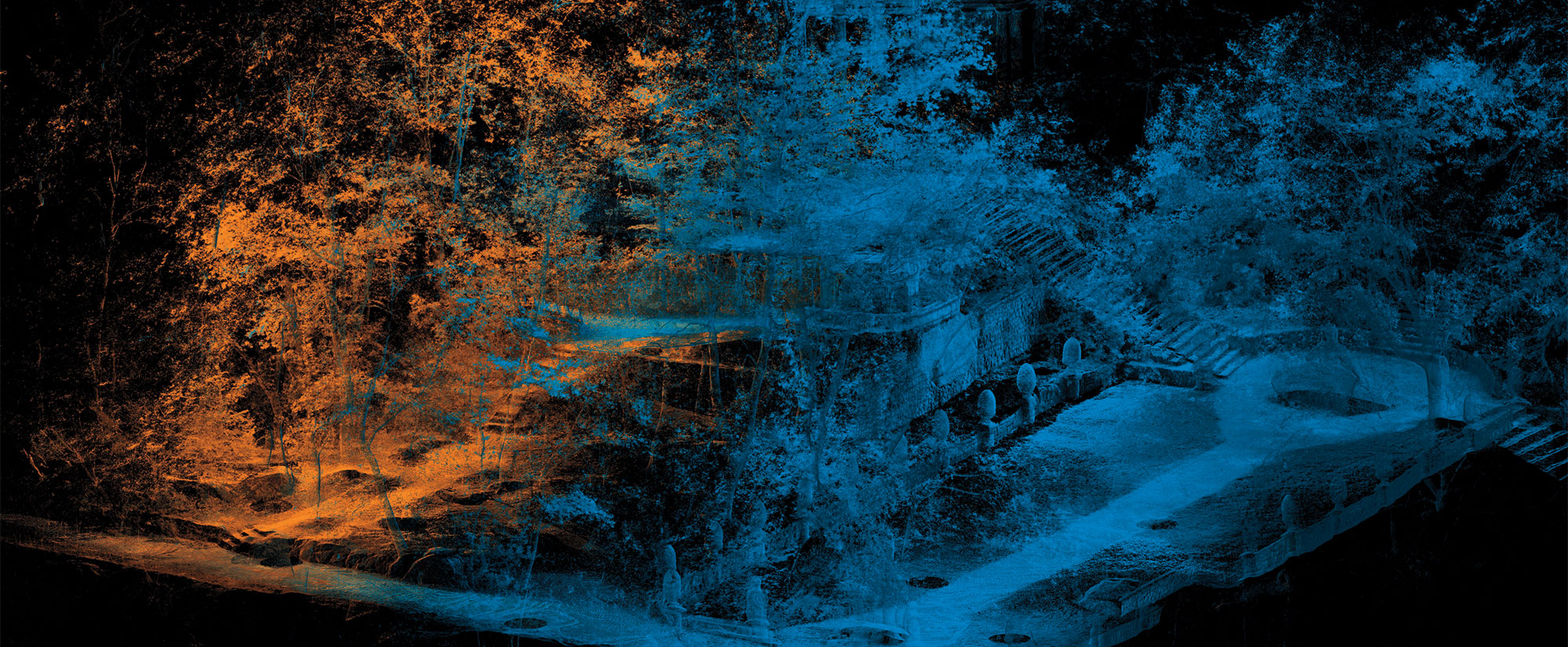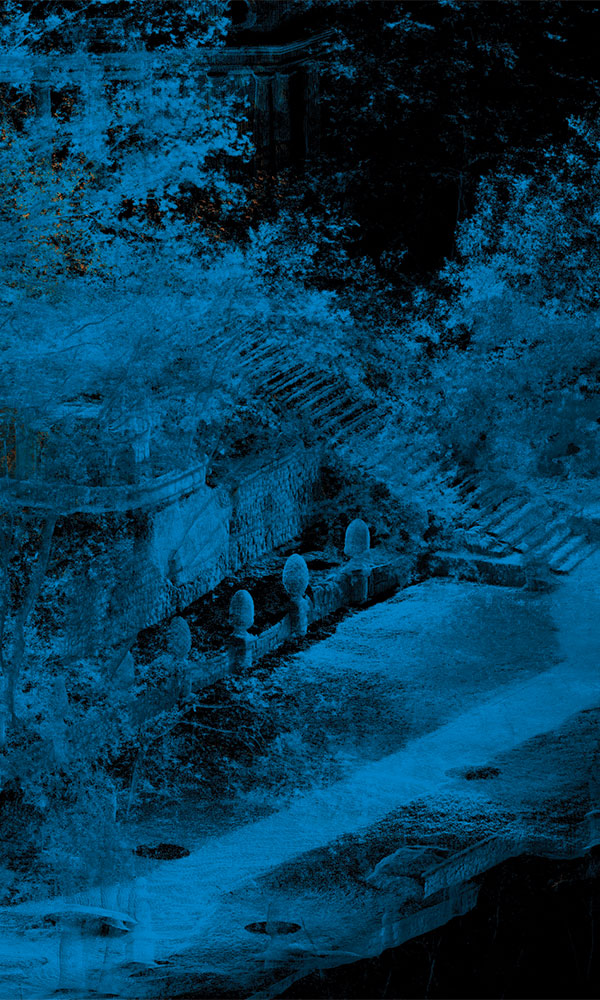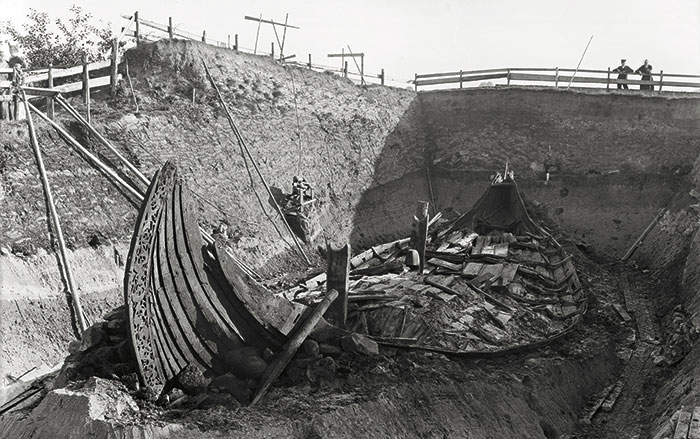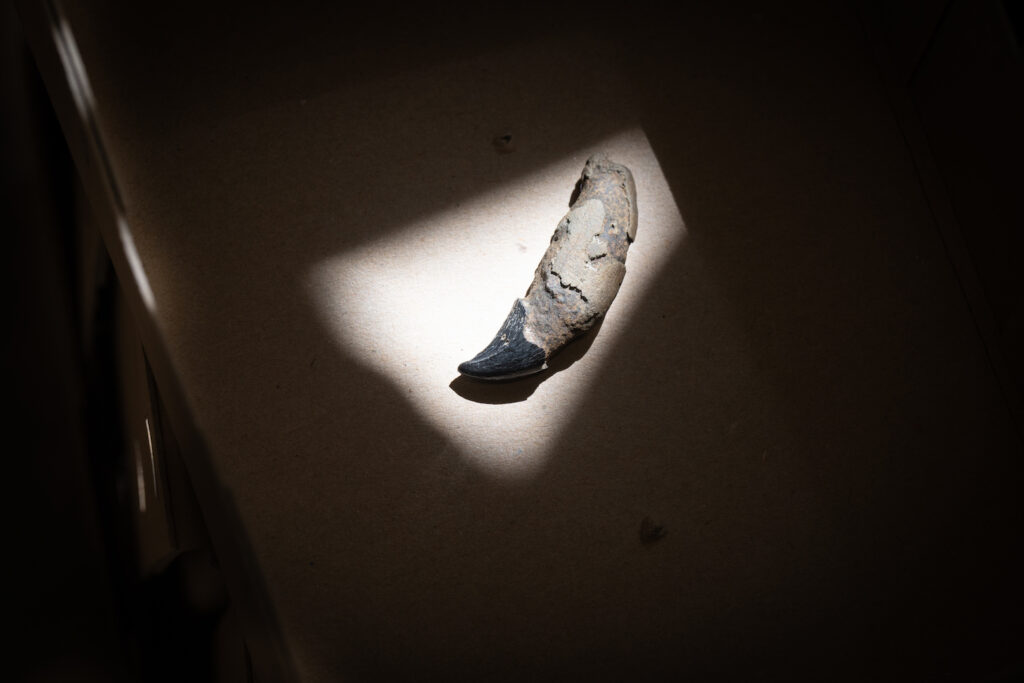
AARHUS, DENMARK—Toward the end of the last Ice Age around 8,500 years ago, melting glaciers caused sea levels to rise as much as 6.5 feet per century. This altered life in northern Europe, as hunter-gatherer communities were forced to move inland and rising waters submerged existing coastal settlements. Many of them would be lost forever. The Associated Press reports that Danish underwater archaeologists have located a Mesolithic coastal settlement about 25 feet below the surface of the Bay of Aarhus. Divers have excavated an area of around 430 square feet. The investigation has uncovered animal bones, stone tools, arrowheads, a seal tooth, and small pieces of worked wood that are providing archaeologists with a picture of what living on the coast was like thousands of years ago. “It’s like a time capsule,” said Moesgaard Museum researcher Peter Moe Astrup. “When sea level rose, everything was preserved in an oxygen-free environment…time just stops.” The team is hoping that further work will uncover harpoons, fishhooks, or traces of fishing structures that might convey information about little-known Mesolithic fishing techniques. To read about evidence of a lost Mesolithic world in the North Sea, go to "Letter from Doggerland: Mapping a Vanished Landscape."


